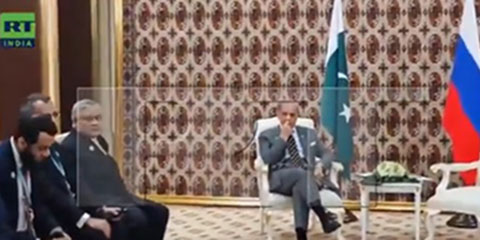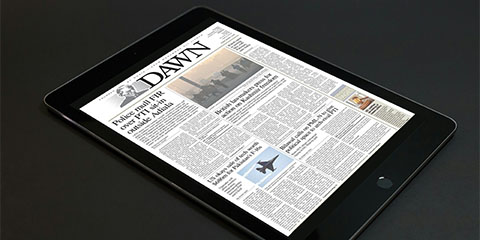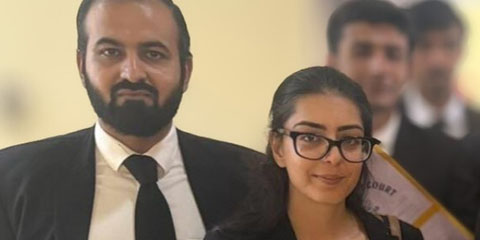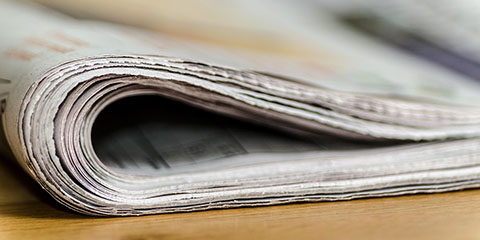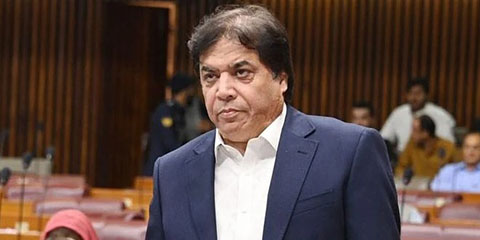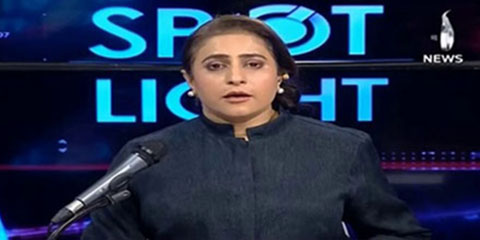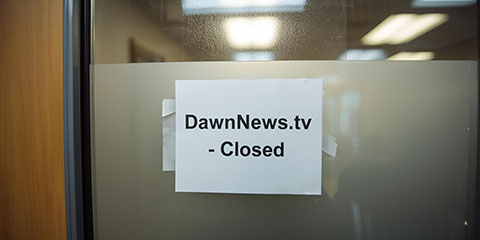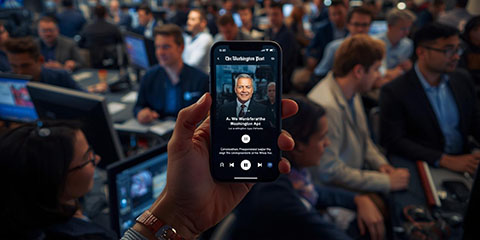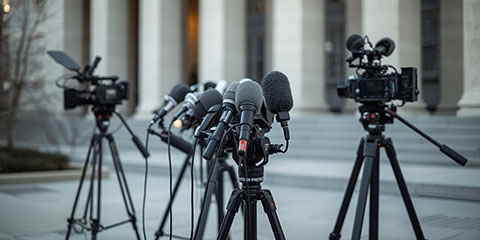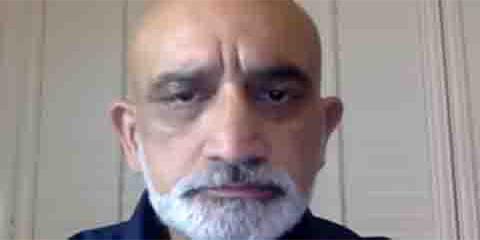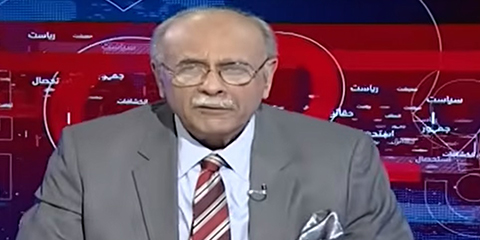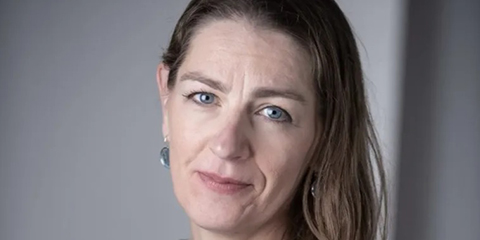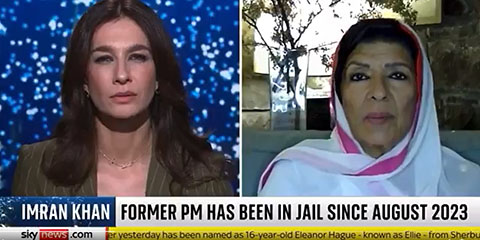Key takeaways from the Sohail Warraich controversy and its fallout for Pakistani media
JournalismPakistan.com | Published 3 months ago | JP Special Report
Join our WhatsApp channel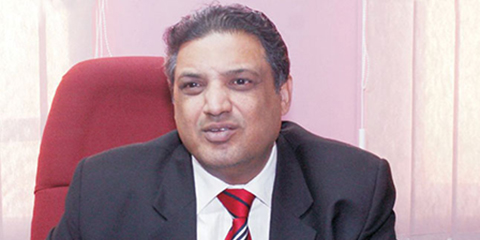
ISLAMABAD— The Sohail Warraich controversy has become one of the most talked-about media episodes in recent years, not only because of the veteran journalist’s stature but also because of what it reveals about the relationship between Pakistani media, the state, and the public.
It began with Warraich’s provocative column urging jailed former Prime Minister Imran Khan to reconcile with the establishment in exchange for his freedom, remain silent, and allow the government to function until the next general elections.
In his widely read piece “Musafir banam Qaidi Number 804”, Warraich went further, warning that Imran’s life could be in danger if he resisted reconciliation. He drew parallels with the late Prime Minister Zulfikar Ali Bhutto, who rose to power in 1971 with the military’s backing but was ousted in 1977 and executed in 1979.
“When Zulfikar Ali Bhutto came to power, he was summoned to GHQ and not only made Martial Law Administrator but also crowned as President. At that time, he was the establishment’s favored leader. However, when he was ousted from power in 1977, he became a pariah,” Warraich wrote.
This was his second column on Imran Khan’s incarceration. In an earlier piece, he claimed to have met Army Chief Gen. Asim Munir for two hours and suggested that Imran could secure freedom through a “sincere apology” to the establishment.
That claim triggered a sharp rebuttal. At a press briefing last week, ISPR Director General Lt. Gen. Ahmed Sharif Chaudhry dismissed Warraich’s account, saying:
“In Brussels, the army chief made no mention of the PTI founder. Sohail Warraich made up the story for personal gain. He attended the event along with hundreds of others, where the army chief spoke.”
The rebuttal placed Warraich in an uncomfortable spotlight. In his subsequent columns, he insisted he had “no personal ego” in the matter, sought reconciliation rather than confrontation, and issued apologies to politicians, fellow journalists, and the establishment. His tone of humility and forgiveness appeared to ease tensions but sparked fierce debate over journalistic independence, credibility, and the pressures facing Pakistan’s media.
Key Takeaways for Pakistani Media
1. Credibility Is Fragile
For a senior journalist like Warraich, credibility built over decades can be shaken overnight. The controversy illustrated how swiftly trust can erode in an era of viral content and official rebuttals.
2. The Establishment Factor Remains Powerful
The ISPR’s swift and categorical denial underscored the military’s continuing influence in shaping public discourse. Journalists addressing civil-military matters must anticipate pushback—and the risks to their reputations.
3. Press Freedom vs. Self-Censorship
The episode reignited debate over self-censorship. Warraich’s conciliatory tone was viewed by some as capitulation, while others saw it as a pragmatic choice for survival in a tightly controlled media environment.
4. Public Perception of Journalists
Once celebrated as a bold voice, Warraich now faces questions about compromise. The episode highlights how quickly journalists can shift in public perception—from being viewed as independent and fearless to being criticized for retreat or appeasement..
5. Digital Virality Shapes Narratives
The spread of unauthenticated claims highlights the dangers of misinformation. Journalists and institutions are increasingly forced into reactive positions. Fact-checking, digital literacy, and editorial safeguards are now critical.
6. Future of Opinion Journalism in Pakistan
The controversy could make columnists more cautious on sensitive topics, narrowing the space for debate. Yet, it also reinforces that Pakistani audiences crave bold, independent analysis even in constrained circumstances.
Fallout and the Road Ahead
The Warraich episode has left scars, damaging his personal credibility while raising uncomfortable questions for the broader media fraternity. It demonstrated how fragile independent journalism remains in Pakistan, where political sensitivities are deep and institutional red lines clearly enforced.
Yet it also presents a chance for reflection. Media organizations must prioritize verification, uphold editorial independence, and push back, where possible, against institutional pressures. Journalists, meanwhile, must treat credibility as their most valuable currency: once lost, it is painfully difficult to restore.
For the public, the lesson is equally important: consume media critically, recognizing both the pressures journalists face and the compromises they sometimes make.
The Sohail Warraich controversy may fade, but its implications for Pakistani journalism will echo for years.




